At Close Range: The M1911 Pistol in the Korean War
August 10th, 2021
5 minute read
At the beginning of the first hot-shooting action of the Cold War, many American military planners had their heads in the clouds, looking to the capabilities of high-flying jets, ballistic missiles, and the power of the atomic bomb. By the end of the Korean War, strategists had fallen back to Earth, learning the hard lessons that even modern wars are fought by ragged infantrymen in the mud, trenches and bunkers, and often at close range.
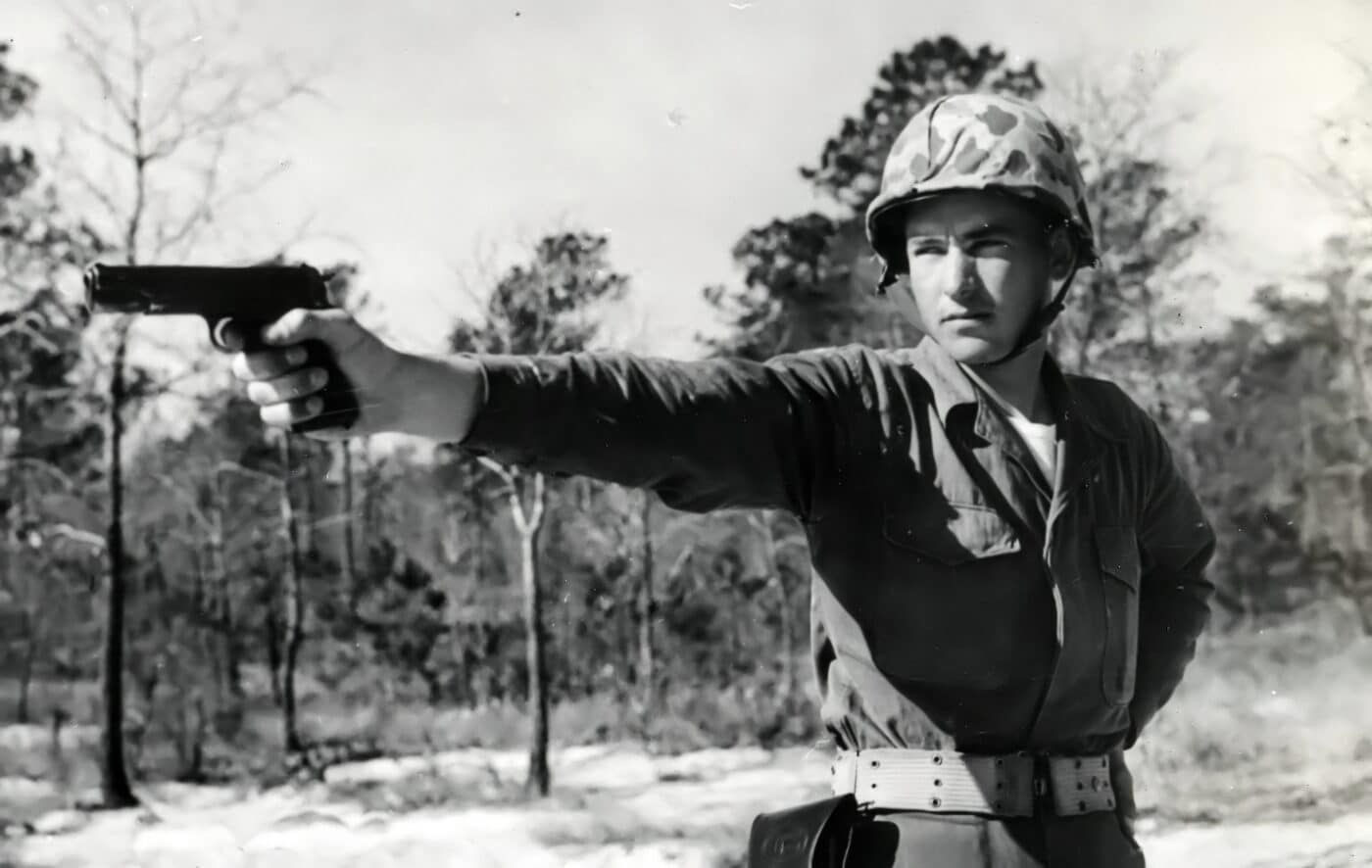
Even though the M1911 pistol had proven itself as one of the finest military pistols ever made, U.S. Ordnance had been looking to eliminate it since the early days of World War II. The M1 Carbine had been originally designed to replace the M1911 pistol as well as the Thompson Submachine Gun (also chambered in .45 ACP), but this never took place. Instead, the handy little M1 Carbine simply joined the ever-growing list of American infantry weapons. After World War II, the M1 Carbine was revised to include selective-fire capability, and once again it was hoped to replace the M1911, the Thompson Gun, and the new .45 caliber M3A1 submachine gun. Once again, the Carbine did not replace anything.
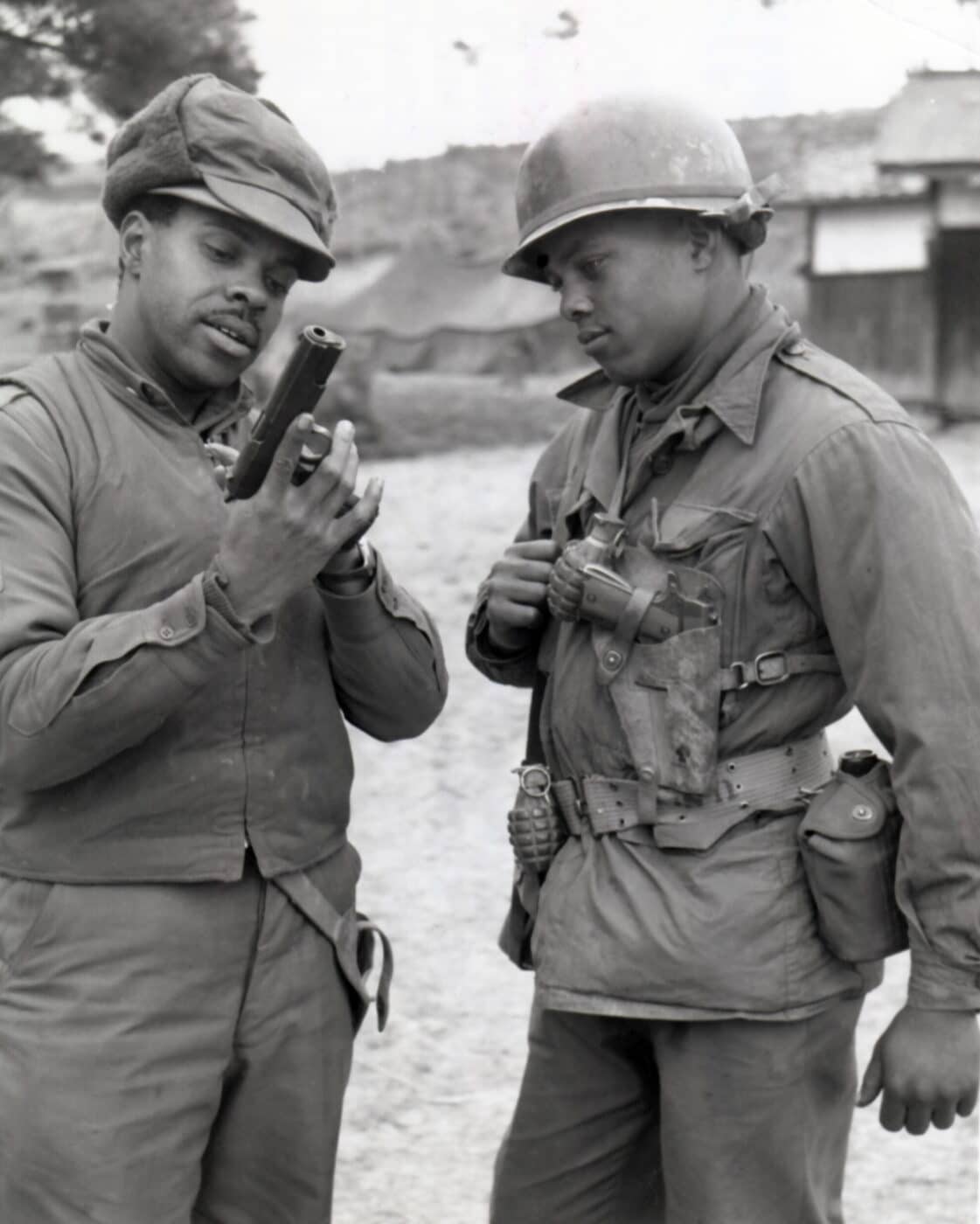
Infantry combat in Korea proved the ongoing need for short-range firepower and handy personal defense weapons. American G.I.s and Marines continued to carry the Thompson and the Grease Gun in Korea, as well as the M1 Garand and the BAR, and yet the venerable M1911 was more in demand than ever before.
A Gritty Combat Assessment
Brigadier General S.L.A. Marshall was recalled to duty to serve as a historian and analyst for the U.S. Eighth Army in Korea. In his excellent “Commentary on Infantry Operations and Weapons Usage in Korea, Winter of 1950-1951”, his assessment of the M1911 pistol in the Korean War was succinct, accurate and powerful:
There are numerous examples in the record of the service pistol being used with killing effect at 25 yards range in perimeter defense when the firer had no other weapon. In fact, there are more such instances in the Korean operations than were to be found in all company studies made during World War II.
The pistol is of definite value in the type of warfare experienced by Eighth Army, and one hears more words said about its proved usefulness than during either World War. However, at temperatures just below freezing, it gives a great deal of trouble because of frost lock, and, according to the users, must be cleaned of all oil and then fired periodically if it is to be trusted.
Commentary on Infantry Operations and Weapons Usage in Korea, Winter of 1950-1951
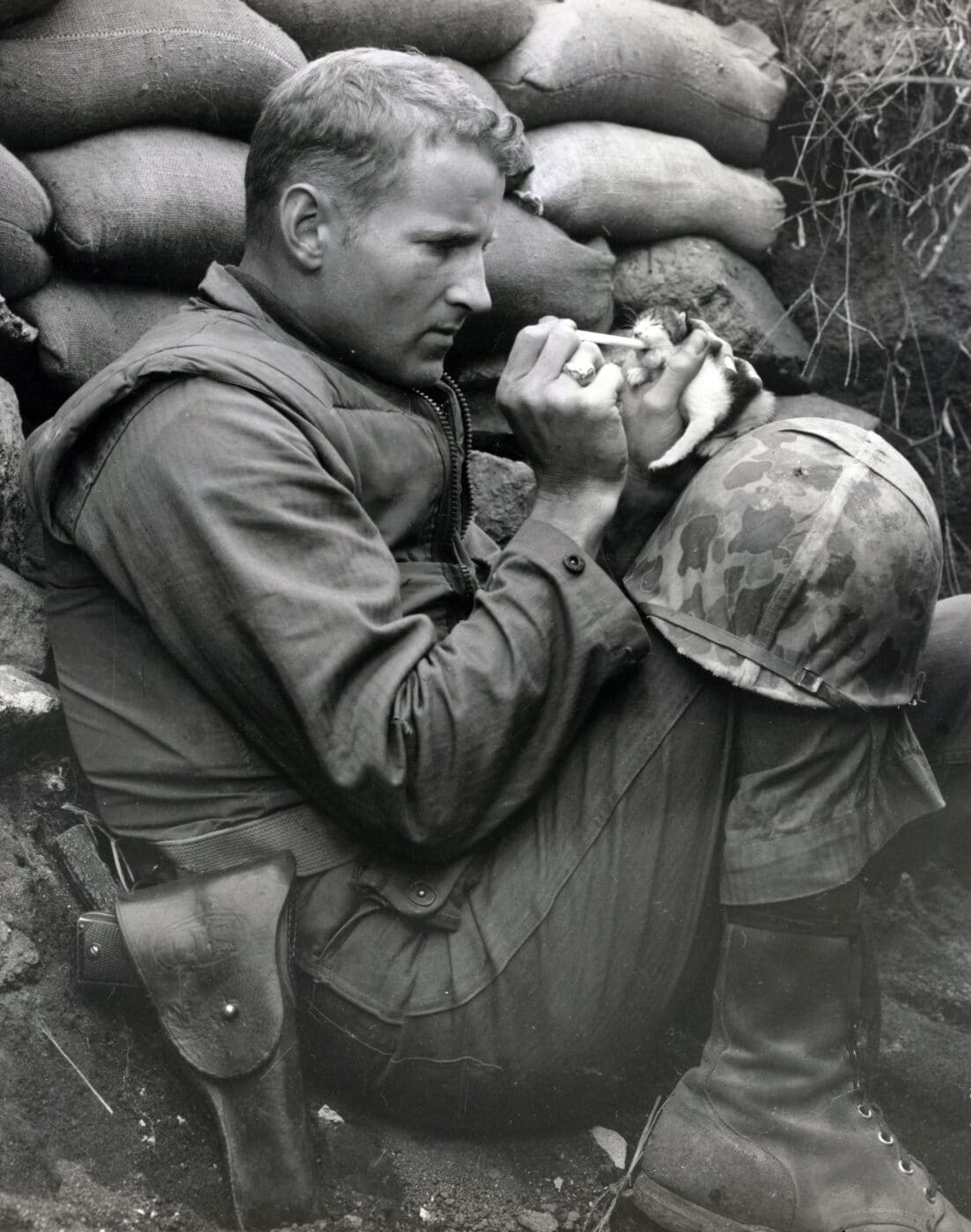
The harsh Korean climate posed several challenges for American small arms, particularly in the brutal first winter of the war. These experiences led to changes in the M1911 manual regarding the usage of oil. Basically, it was determined that in temperatures below freezing, all the moving parts be kept free of moisture — including excess amounts of oil. The latter could cause sluggish operation as well as a complete failure.
Chinese Communist Opponents
U.S. troops clearly had the advantage in firepower, particularly in artillery and air support. They also had a reliable logistics network, while the Chinese that had intervened in the war struggled to support small arms that were made in China to varying standards, or built by the Soviets, or were captured weapons from American, British, or Japanese sources (the latter from World War II). Chinese ammunition and spare parts supply proved to be an ongoing nightmare. Raw manpower was their greatest resource, and Chinese practicality led to a harsh resupply philosophy: “We will replenish ourselves through the capture of the enemy’s arms.”
Chinese infantry units were particularly mobile, often traveling fifty miles on foot by day and up to thirty miles by night. Their troops were peasants, and they were used to continuous hardships. Many had combat experience against the Japanese in the 1930s and during World War II, or during the Chinese Civil War from 1945-1949. New men in the ranks had minimal training — ammunition shortages meant that the average Chinese soldier had fired less than fifty rounds prior to going into action.
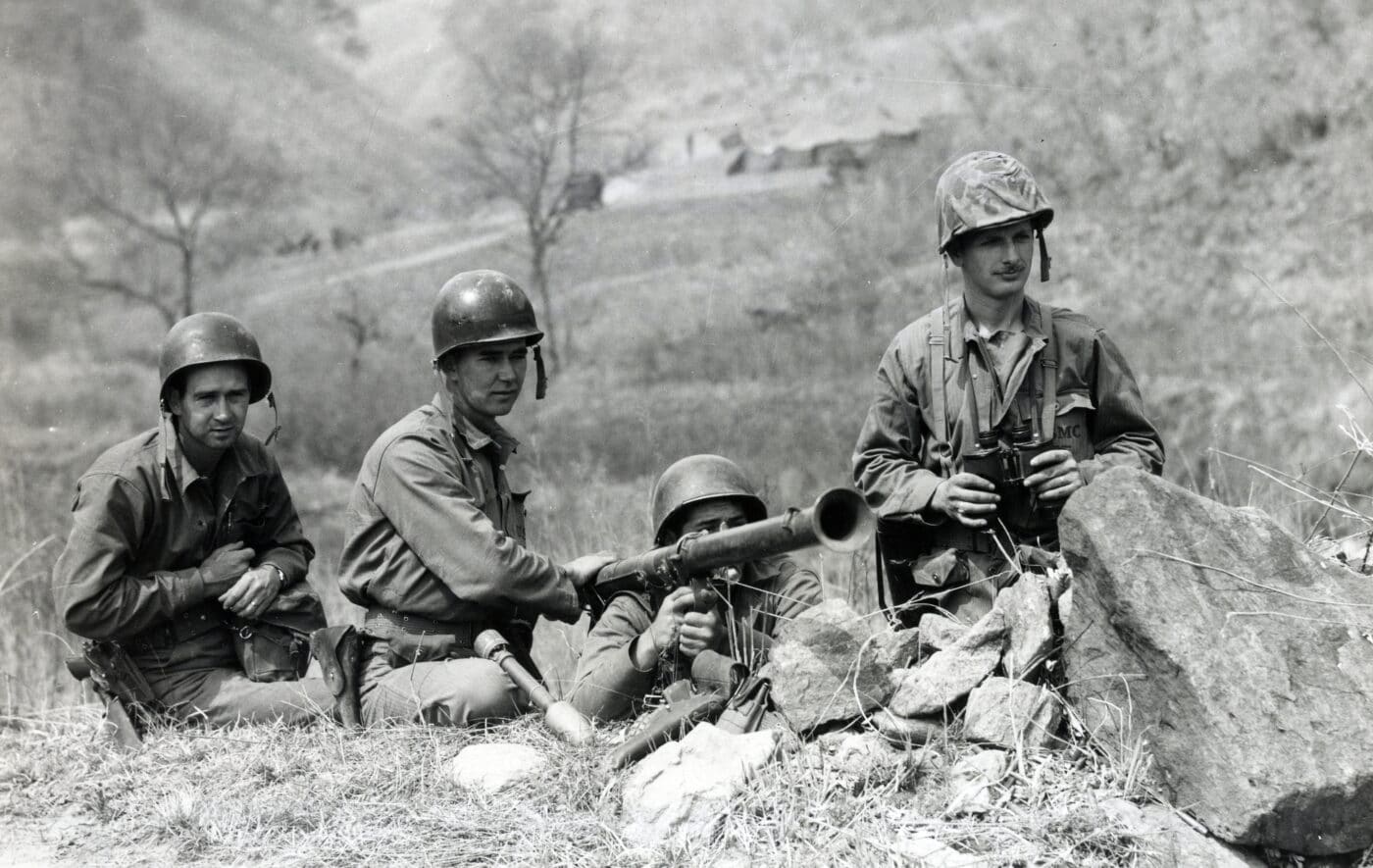
Infiltration was exceptionally important to the Chinese, and this drove their heavy emphasis on the bayonet, knives and grenades. Consequently, the M1911 pistols saw much more use than in World War II, as close-quarter combat happened regularly in Korea. The stopping power of the .45 ACP rounds was more important than ever.
Still by Our Side
The Korean War ended on July 27, 1953, but the Cold War would go on and on. New hot shooting conflicts would come up as the forces of Democracy and Communism pushed their chess pieces all over the globe.
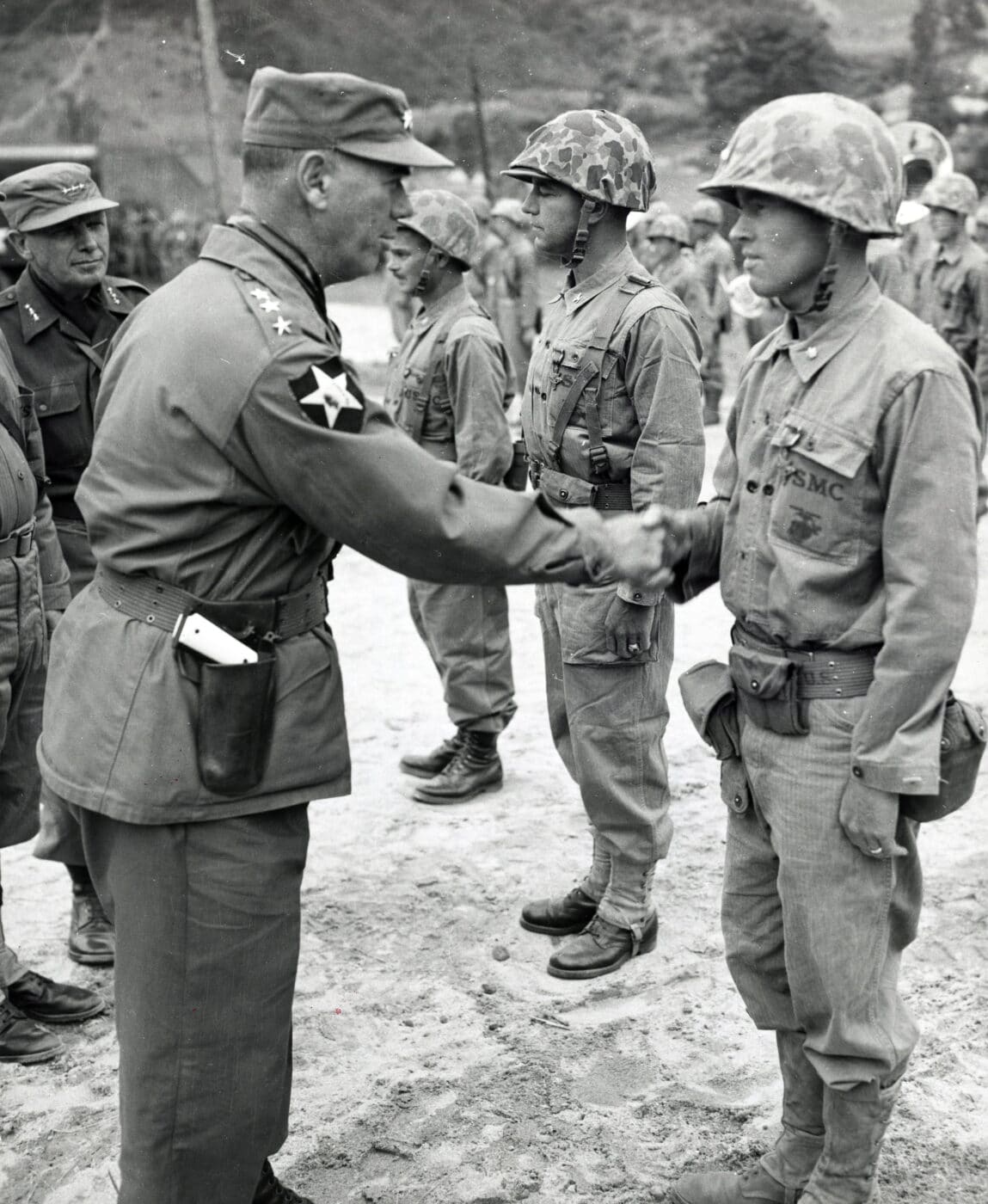
As for the M1911, the fighting in Korea proved its ongoing, essential value and the big .45 pistol remained in service as America’s combat handgun until the 1980s. Quite an endorsement of a design that was not intended to serve much past World War II.
Editor’s Note: Please be sure to check out The Armory Life Forum, where you can comment about our daily articles, as well as just talk guns and gear. Click the “Go To Forum Thread” link below to jump in!
Join the Discussion
Continue Reading
Did you enjoy this article?

 328
328






